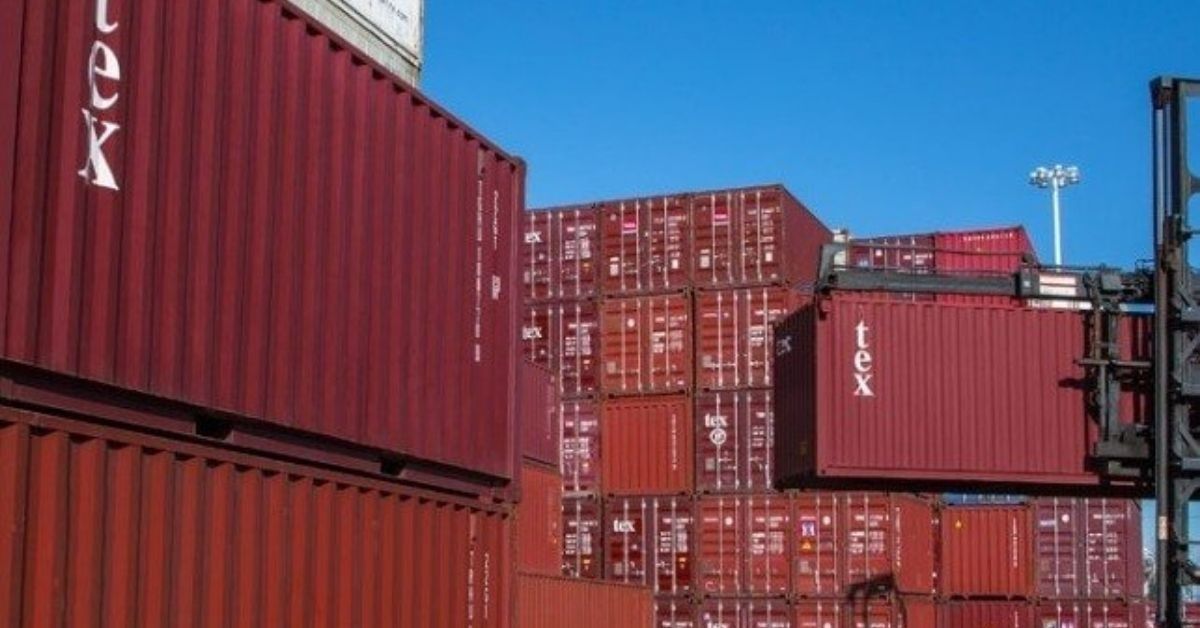Shippers and carriers are starting to see a return to normalcy in container availability after the shortages that helped to fuel supply chain disruption last year.
Leading box equipment lessors report that increased production of containers – coupled with stabilizing prices – has alleviated some of the supply chain constraints witnessed in recent months. Though supply is expected to meet demand this year, the container market remains tight.
“We expect container supply will better keep pace with demand in 2022 due to increased new container production volumes, and new container prices have eased over 10 percent from their peak level to roughly $3,400 per 20′ dry container. However, new container prices remain far above their historical range, and market leasing rates and used container sale prices also remain very high,” said Brian Sondey, Triton International CEO, following the release of the company’s full year results.
He added that while the global economy remains subject to heightened uncertainty due to the COVID-19 pandemic, the company expects overall container demand to remain strong through the year. “Our customers are anticipating goods consumption and trade volumes will remain elevated, and they expect the operational challenges slowing container turn times will be difficult to resolve,” he said.
Textainer CEO Olivier Ghesquiere observed that although lessors continue to see opportunities for growth at attractive yields this year, they are starting to see more normalized levels of container capital expenditure following a record year. “As trade volume remains elevated, shipping lines have continued to grow their capacity while also positioning additional containers in locations with surplus demand,” Ghesquiere said.
He added that the impact from COVID-19 also continues to affect the overall market, prolonging supply-chain disruption – and creating additional demand for containers.
Triton and Textainer are the world’s largest lessors of intermodal freight containers, with a container fleet of 7.3 million TEUs and 4.3 million TEUs respectively. Both companies reported impressive full year earnings driven by an increase in lease prices due to the container shortage crisis.
In 2021, container supply struggled to catch up to demand for most of the year, despite a significant increase in new container production. This led to record prices for new containers and very high market leasing rates.
Data by global shipping consultancy Drewry shows that container lease rates have surged significantly in recent months, breaching the $6,500 threshold in the second quarter of 2021. This was the highest value since Drewry started monitoring container equipment prices back as far as 1998.
In 2021, the consultancy projected full-year production of containers to reach 5.2 million TEUs, representing a 67 percent year-on-year increase. While the main buyers of the equipment have been lessors, accounting for 68 percent of purchases, carriers have also been investing more in their own container pools over the near term.
Source : Maritime Executive







